Hello bloggers, today I’m going to write, talk about the amazing Salar of Uyni in Bolivia, South America. Learn more about in the blog below.
About the Sal Flat:
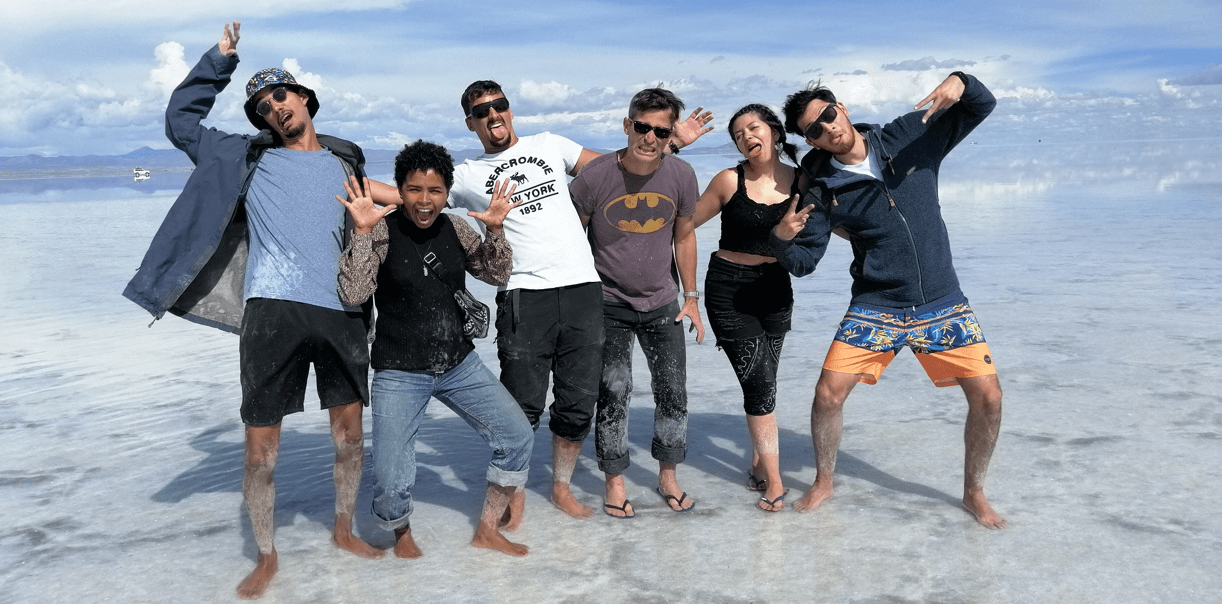
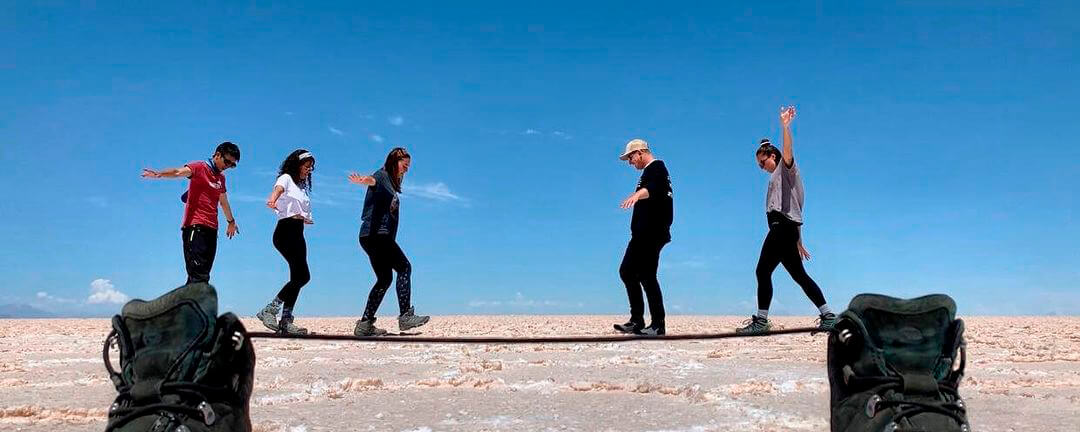
The Uyuni salt flat is beauty, magic, adventure with indescribable landscapes, it is a place that invites us to get in touch with nature surrounded by mountains and volcanoes that reach 5,500 meters above sea level.
The salt flat, Salar of Uyuni is ideal for those who like photography and adventure tourism, it is a magnificent place to enjoy the tranquillity, and it is a place where one can find oneself and enjoy a world without equal.
In the salt flat you can enjoy a landscape similar to that of the polar regions in which blue and white merge and whose reflections generate images of inverted hills and a saline horizon, making this place one of the best places for photography lovers.
Uyuni is the largest salt mine in the world, and It is located in the department of Potosi in southwestern Bolivia, near the crest of the Andes mountain range, at an altitude of 3,600 masl, with 10,500 km².
The Uyuni salt flat is beauty, magic, adventure with indescribable landscapes, it is a place that invites us to get in touch with nature surrounded by mountains and volcanoes that reach 5,500 metres above sea level.
The salt flat is ideal for those who like photography and adventure tourism, it is a magnificent place to enjoy the tranquillity, it is a place where one can find oneself and enjoy a world without equal.
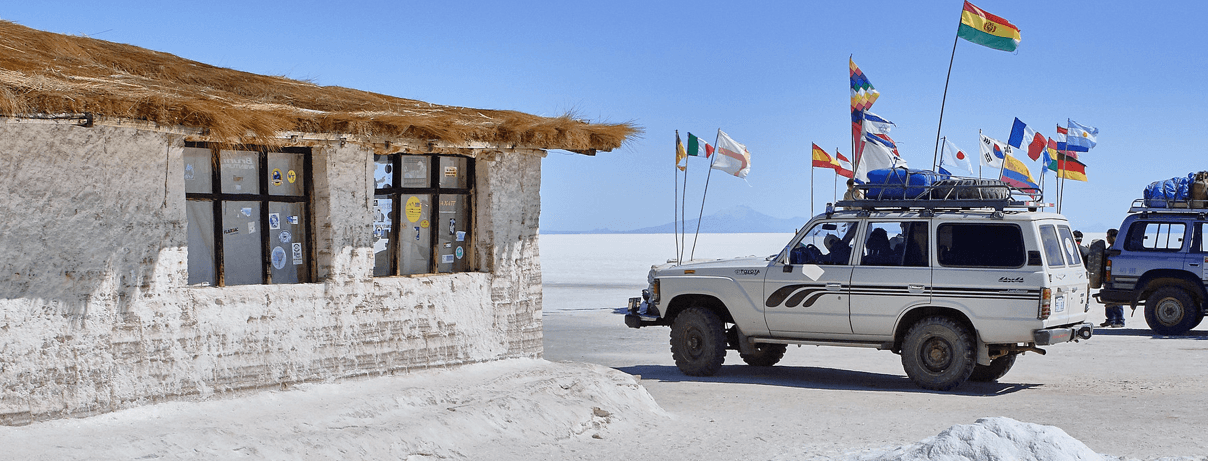
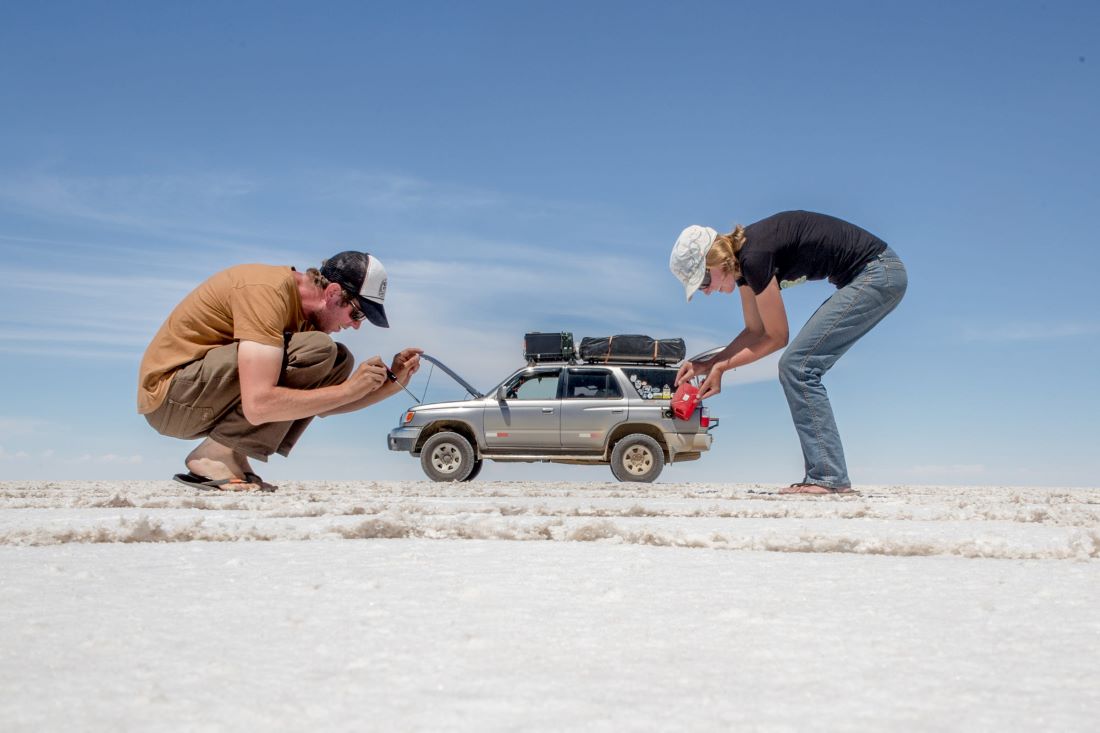
In the salt flat you can enjoy a landscape similar to that of the polar regions in which blue and white merge and whose reflections generate images of inverted hills and a saline horizon, making this place one of the best places for photography lovers.
At the beginning of each year, the Salar de Uyuni in Bolivia becomes the world’s largest natural mirror.
As this giant salt desert is covered by water during the rainy season, it reflects light, creating almost impossible optical illusions. This time of year is a popular time of year for tourists to visit Uyuni.
When can I see the mirror effect?
In summer, between January and March. Generous rains fall over the Bolivian highlands, turning the Salar de Uyuni into something akin to a giant lake, a few centimetres deep. In some years, depending on rainfall, this effect can still be seen in early April.
Does the water cause difficulties for travellers?
Depending on the amount of water that accumulates, access to the Incahuasi and Pescado Fish islands may be restricted for safety reasons. During the rainy season, tours are often limited because the melted salt is dangerous to cross.
Why the flooding?
Several rivers deposit their sediments in the Salar de Uyuni and the water accumulates on the almost impermeable, salty surface.
Another lesser known attraction is the large number (around 26,000) of flamingos that gather at the Laguna Colorada in the Eduardo Avaroa Reserve during the rainy mating season.
March – April – May: There are far fewer tourists during these months, so the weather is even warmer, and with a good guide you can find some places with water to see the mirror effect.
June – July – August: cold, dry, white: Winter. Dress warmly. Bring extra blankets. The Salar is a huge white beach-like desert during this time. It rarely rains, but it can get very cold.
September – October – November: These months are less cold, still dry with occasional showers.
Weather: In general, you can expect warm and sunny weather during the day and cold with icy winds at night.
It tends to rain more in February, but this can be quite unpredictable. Also, be aware that too much rain will melt the salt and make large parts of the salar inaccessible for visitors.


Dreamy Tours offers:
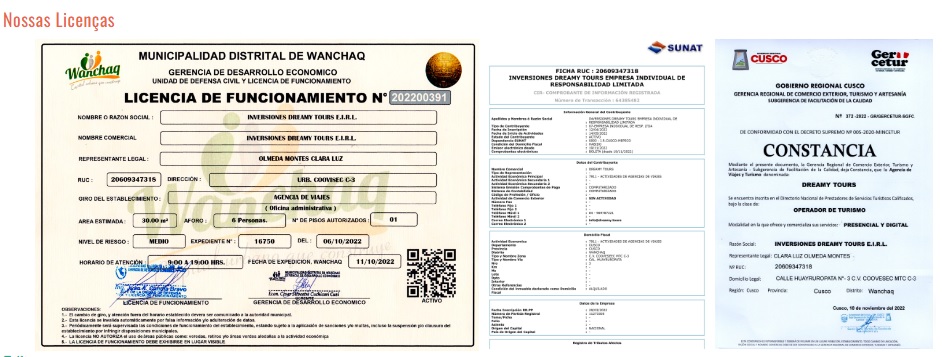
Contact Us:
For more information, please contact us DREAMY TOURS, we will be happy to answer all your questions about Peru, Bolivia and Chile.
We are a Travel Agency specialized in tours, packages, and if you need some information, write to us.
We offer tours, excursions – Peru – Bolivia – Chile:










